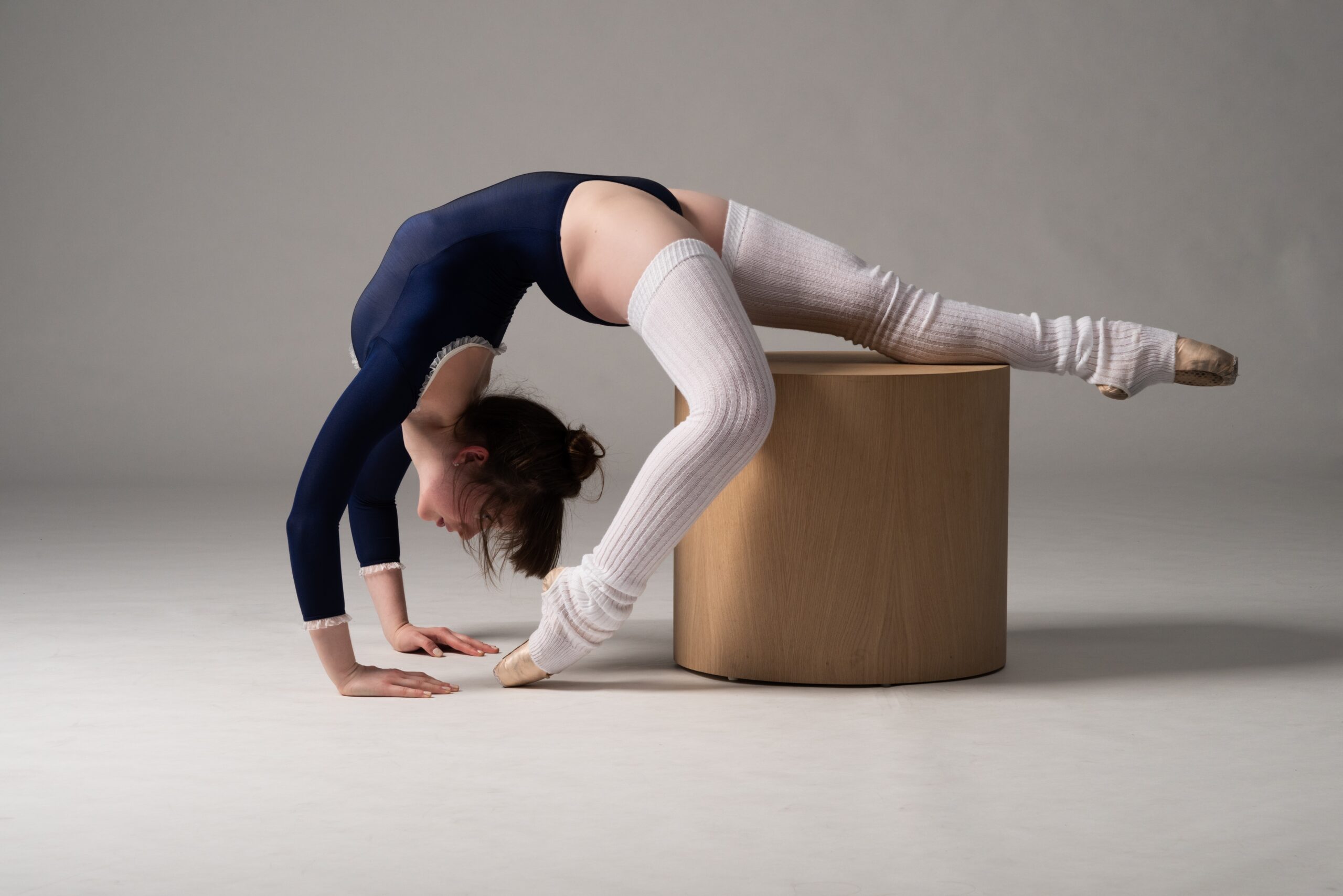For dancers, staying healthy is crucial. Good nutrition is a major component of the overall well-being of dancers. According to the Miami Dance Project, to maintain energy and perform at your best, it’s essential to feed your body the right nutrients. This means eating a varied diet that includes plenty of fluids, carbohydrates, fats, and proteins.
5 Essentials for Balanced Dancer Meals
Following are the healthy diet and nutrition tips recommended by dance studios in Miami.
-
Hydrate
Did you know that the human body is composed of around 60 percent water?
For dancers, it’s especially important to keep up with daily hydration needs due to the demands of their physical activity. So, how much water should a dancer aim to consume in a day?
While it varies from person to person, a good place to start is around three liters. However, if you’re practicing for extended periods or dancing in hot, humid conditions, you may need to increase your intake.
-
Do not Restrict Carbohydrates as Balanced Dancer Meals
As a dancer, it’s important to understand that carbohydrates are the body’s go-to energy source. Among the three macronutrients (fats, protein, and carbs), carbohydrates are the most easily metabolized by the body. Complex carbs, which are high in vegetable fiber, provide sustained energy by digesting slowly. On the other hand, simple carbs offer a quick energy boost (like the one you might need before the end of a class). To learn more about the differences between simple and complex carbs, check out this article.
-
Incorporate Protein and Healthy Meals For Dancers
There are two types of protein found in human food: animal-derived and plant-based. Animal proteins are generally considered to be of “high biological value” because they contain all the essential amino acids required for muscle building. However, vegan dancers and vegetarians can still meet their essential amino acid needs through a carefully planned vegetarian diet.
-
Always Include Fats
Fat is an important macronutrient for dancers, especially those who are active. Incorporating fat into meals and snacks can help you feel satisfied and avoid getting “hungry.” Additionally, fat helps balance hormones, aids in vitamin absorption, and even helps remove inflammation. This can be a natural consequence of dancing. So don’t be afraid to add a little fat to your diet!
-
Do not Forget About Fun Foods
Here’s the key takeaway from Miami dance school: when it comes to optimizing your diet, remember that your performance is the result of 3 things:
- Physical health
- Mental health
- Emotional health
Instead, try to find a balance that allows you to include all types of foods in your diet. Use your intuition to choose foods that nourish you and bring joy to your meals.
Conclusion
Dancers need to maintain good health by getting enough minerals and vitamins, also known as micronutrients. These nutrients help with things like red blood cell production and energy, as well as muscle recovery and bone health.
To make sure you’re getting all the micronutrients you need, it’s best to eat a variety of nutrient-rich foods. You should eat fresh fruits and vegetables, whole grains, dairy, and lean meat. Aim for at least five servings a day. Moreover, if you can’t get all the nutrients you need from your diet, you may want to consider taking a multivitamin. It will help you reach adequate levels.
Do you want to register for dance classes in Miami? Contact Miami Dance Project for more details and information.

